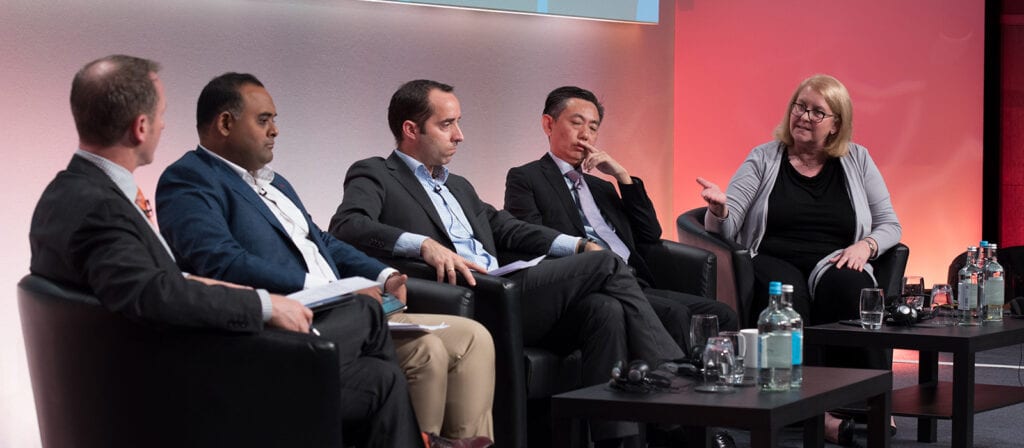The definition of AI is narrowing: from rules-based systems that make interferences from pre-programmed knowledge, to machine learning, to artificial neural networks and deep learning. Considering AI by its broadest definition, there is range of capabilities and applications entering the market for insurers/reinsurers, and these are ever increasing in accuracy.
Before deploying an AI application, a (re)insurer needs to assess and/or build its AI readiness by looking at five key areas: digital transformation; operational system modernisation; connectivity between systems; computation resources; and finally, talent.
The next step is to consider a framework for AI adoption involving five dimensions:
- Goal: to engage with customers (e.g. chatbots), automate processes (e.g. document processing, cognitive robotic processing automation or RPA), or derive insights (e.g. satellite imagery, speech analytics).
- Function: along the customer journey and internal functions (such as acquisition, underwriting, pricing, claims).
- AI capabilities: what is required to develop these solutions and implement them (such as rules-based systems, robotics, machine learning, natural language processing or NLP).
- Other technologies involved: true innovation from AI comes when it is combined with other technologies (such as IoT, connected homes or vehicles, wearables, drones, blockchain) to develop a new solution. Use case examples include prevention, with insurers and customers as partners (such as Desjardins using connected homes and leak sensors to prevent claims) or life insurance being underwritten with a “selfie”.
- Application: use of AI as a decision-making tool (in real time), or for support (e.g. fraud detection), or a hybrid of both.
Beyond these great new capabilities made available, (re)insurers must remain cautious as AI has its limitations. Understanding these will allow to develop proper tools and safeguards so that the use of AI solutions remains as transparent as possible and consistent with the context in which they were developed.





